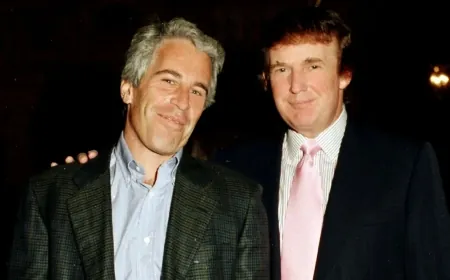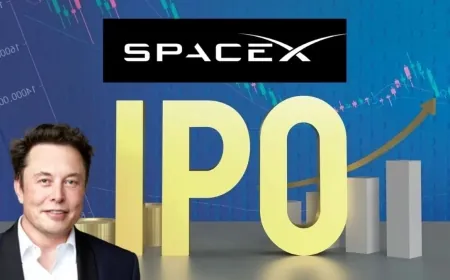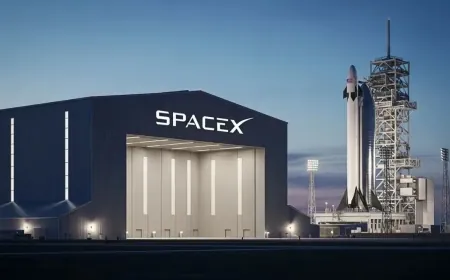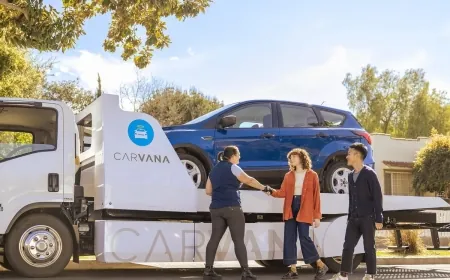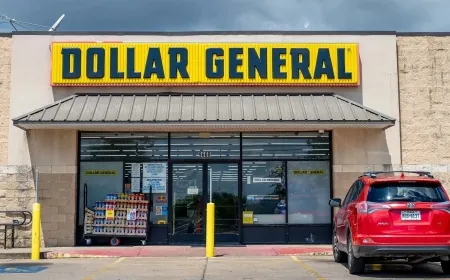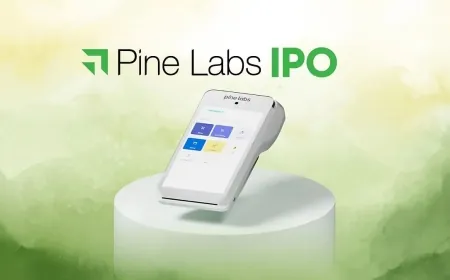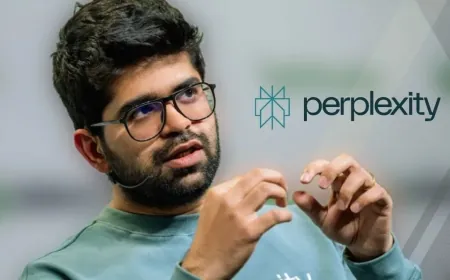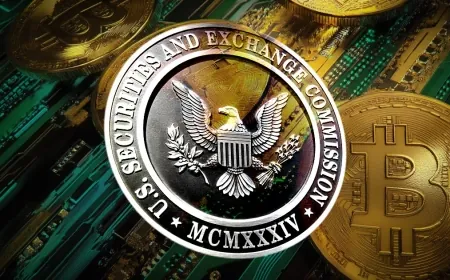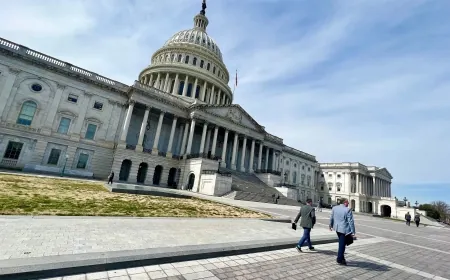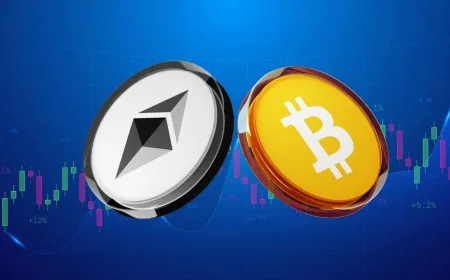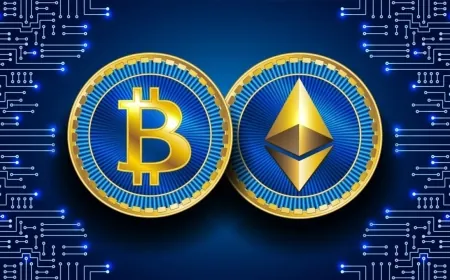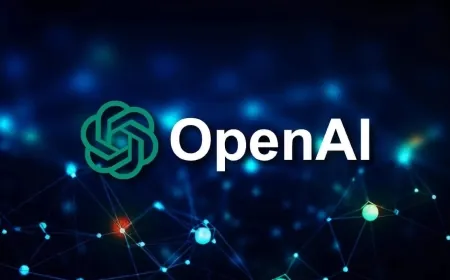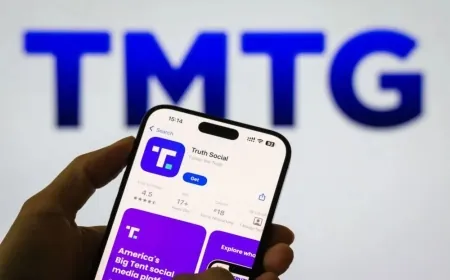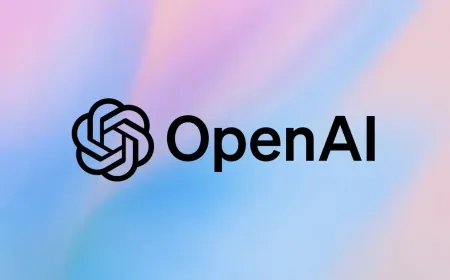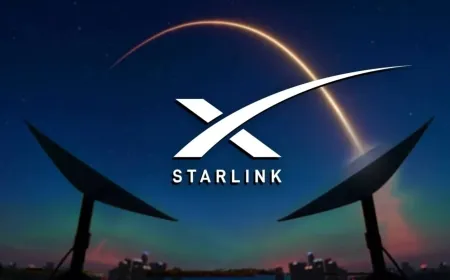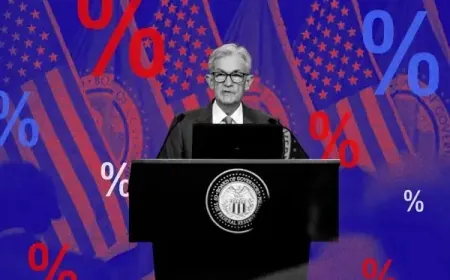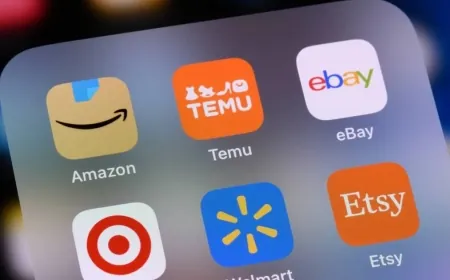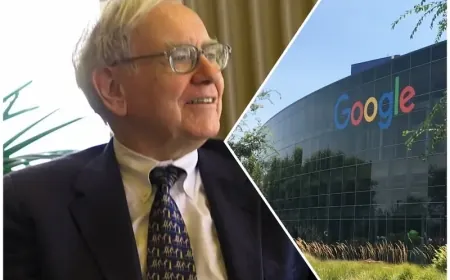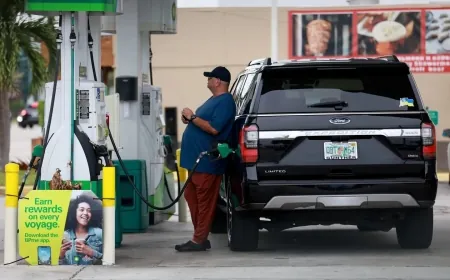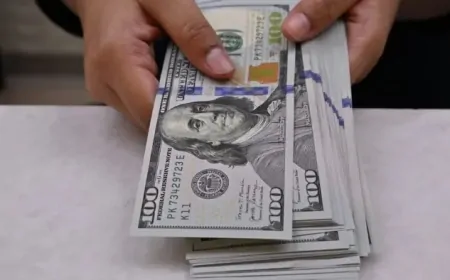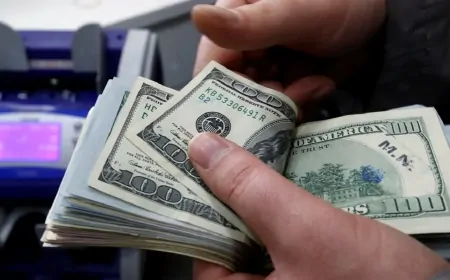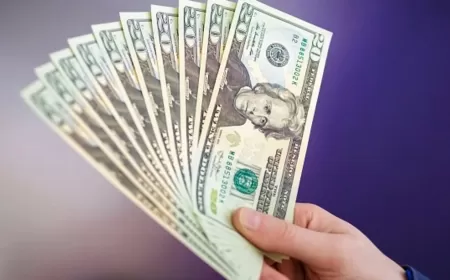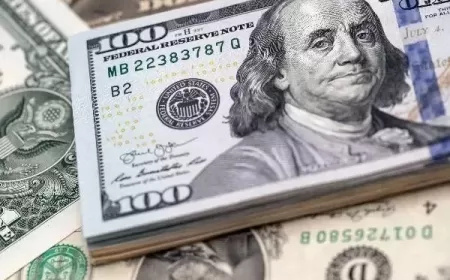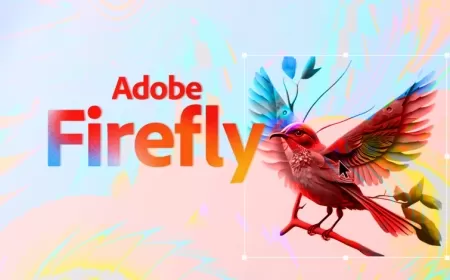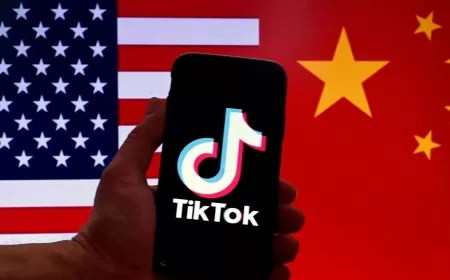Disney Losing $4 Million Daily in YouTube TV Blackout Over ESPN and ABC
Disney is losing $4 million a day after YouTube TV dropped ESPN, ABC, and FX following a failed carriage agreement with Alphabet.
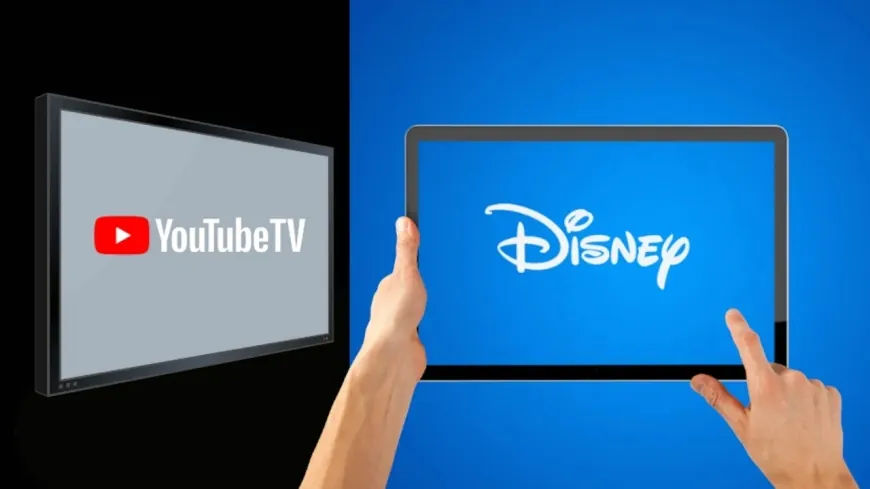
Key Points
Disney is losing an estimated $4 million per day in revenue while its channels remain off YouTube TV.
The blackout began on October 30 after Disney and YouTube TV failed to renew their carriage contract.
YouTube TV removed major Disney-owned networks, including ESPN, ABC, FX, and National Geographic.
Morgan Stanley estimates total losses of about $30 million per week, combining ad revenue and affiliate fees.
Disney is demanding higher carriage fees for ESPN and ABC, while Alphabet has rejected the increase.
The dispute affects ESPN’s busiest sports season, including NFL, NBA, college football, and NHL coverage.
ABC has lost primetime ad inventory, reducing available advertising slots during the fall programming season.
YouTube TV has more than nine million subscribers, making it the largest live-TV streaming platform in the U.S.
Alphabet is offering a $20 credit to subscribers, which costs less than agreeing to Disney’s higher rates.
Disney’s quarterly earnings report is scheduled for Thursday, increasing pressure to reach an agreement before results are released.
Los Angeles — Disney is losing an estimated $4 million every day as its standoff with YouTube TV enters a second week, leaving millions of U.S. households without access to ESPN, ABC, FX, and National Geographic.
The blackout began on October 30 after Disney and YouTube TV failed to renew their carriage contract. YouTube TV, owned by Alphabet Inc., immediately removed Disney’s networks from its live-channel lineup, halting one of Disney’s most profitable revenue streams.
Analysts at Morgan Stanley estimate the company is missing out on about $30 million a week in combined affiliate fees and advertising income.
Disney and Alphabet Disagree Over Fees
The dispute centers on how much YouTube TV should pay to carry Disney’s channels.
Disney is seeking higher carriage fees for ESPN and ABC, arguing that live sports and primetime programming continue to draw large audiences. Alphabet has rejected the increase, saying Disney’s proposed rates would force price hikes for subscribers and breach existing parity agreements with other distributors.
In the cable era, Disney could afford a long blackout. Viewers had fewer options, and ESPN was essential for sports fans. But YouTube TV now serves more than nine million subscribers, giving Google more control over how households access live television.
Blackout Hits Disney During Peak Sports Schedule
The dispute comes at a costly time. ESPN’s lineup currently includes the NFL, NBA, college football, and NHL — its busiest stretch of the year. Each day off YouTube TV cuts into the audience advertisers pay to reach.
ABC is also airing its fall schedule, losing primetime ad inventory during one of the strongest revenue quarters for network television. Analysts say losses could exceed $60 million if the outage extends into next week.
The financial hit is modest relative to Disney’s size but underscores a deeper problem: the company’s traditional TV model depends on distributors it no longer fully controls.
YouTube TV Credits Subscribers, Holds Its Ground
YouTube TV has offered subscribers a $20 credit to offset the missing channels. The refund costs far less than agreeing to Disney’s pricing terms, allowing Alphabet to absorb the impact with limited financial risk.
Some users say the credit process is confusing, but YouTube TV appears comfortable maintaining its position. Its leadership believes viewers are more likely to accept a temporary content gap than a higher monthly bill.
The standoff shows how distribution platforms have gained leverage as streaming replaces cable. With its scale and pricing power, YouTube TV can negotiate from a position that traditional cable operators once held.
Impact on Disney’s Leadership and Earnings
The blackout compounds existing challenges for CEO Bob Iger, who is managing corporate restructuring, slower streaming growth, and the question of how to position ESPN for a digital future.
Every day without access to YouTube TV cuts into ESPN’s ratings, ad impressions, and brand visibility. Those shortfalls could appear in Disney’s November earnings report, scheduled for release on Thursday morning.
Negotiations Likely to Conclude Soon
People familiar with the talks say both sides are still in contact and aiming to restore service before mid-November. Neither company benefits from a prolonged disruption during football season, when ESPN generates its highest ad revenue.
When the channels return, the outcome will signal more than just a contract renewal — it will show how much control over television has shifted from the studios that create shows to the platforms that deliver them.
Also Read: Google to Invest $6.4 Billion to Build New Cloud Data Center in Germany
